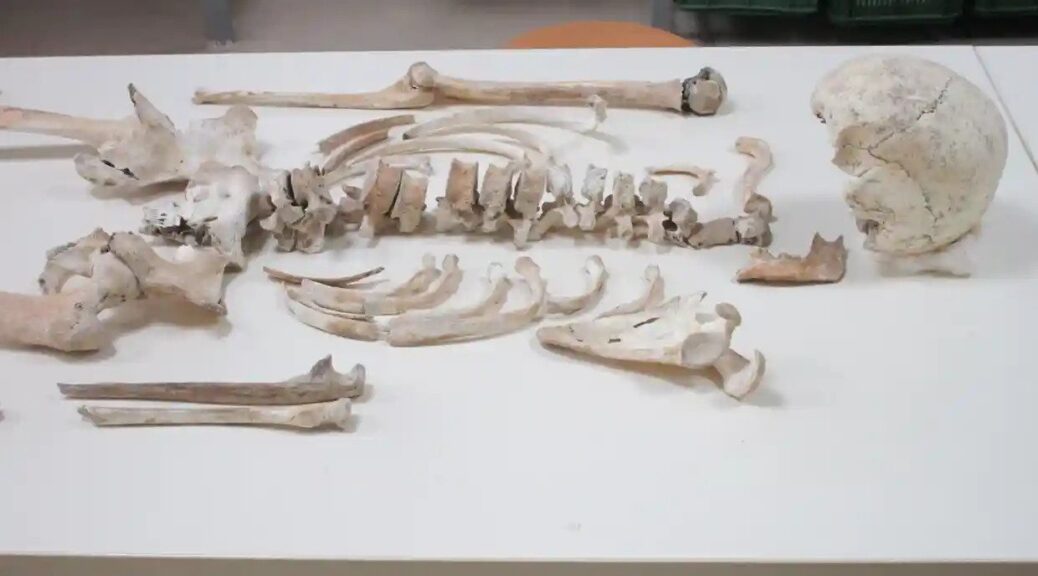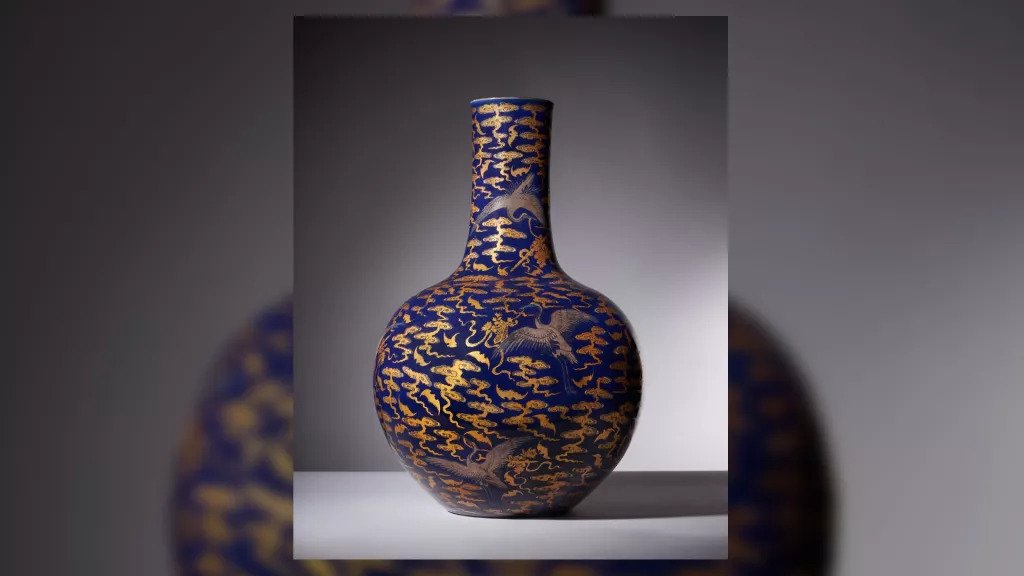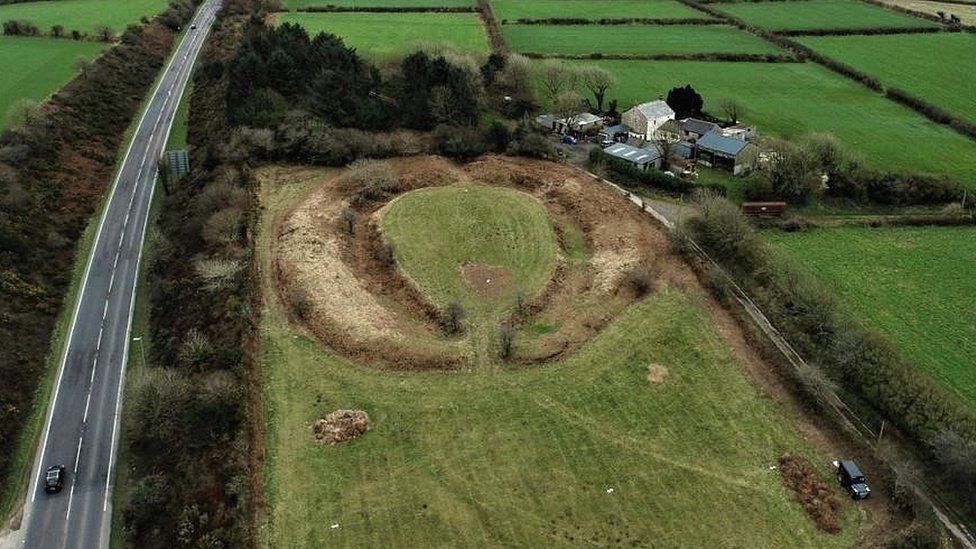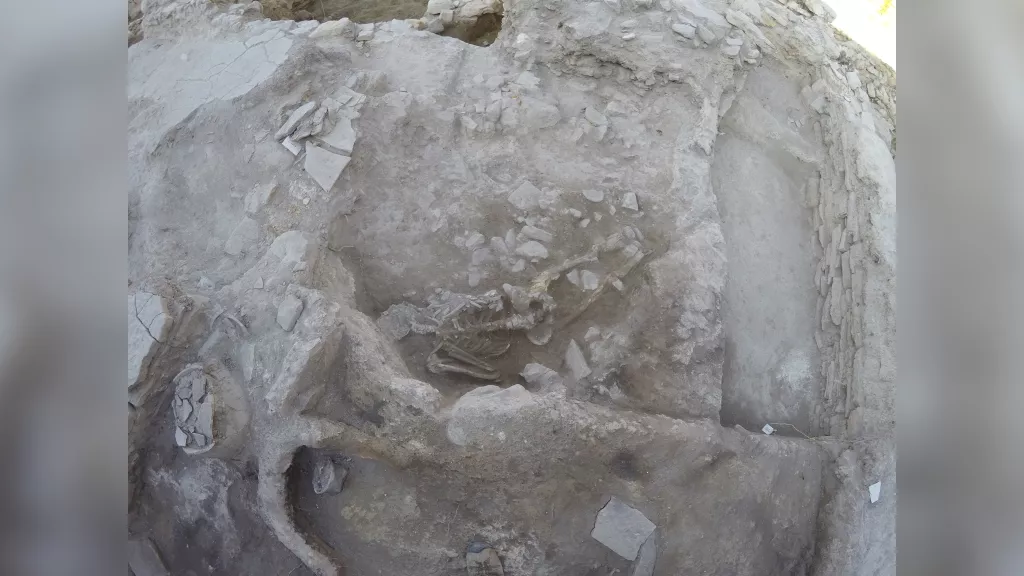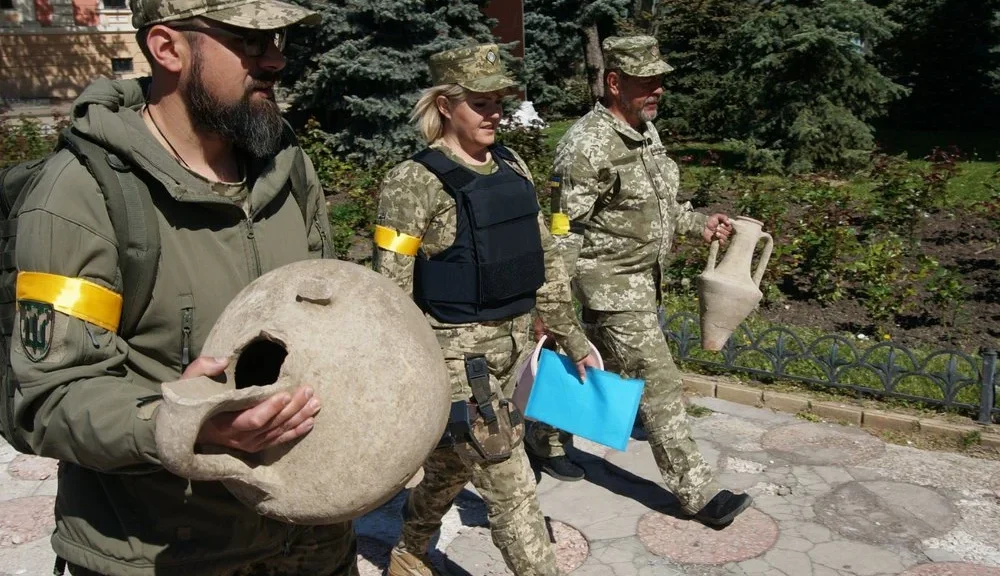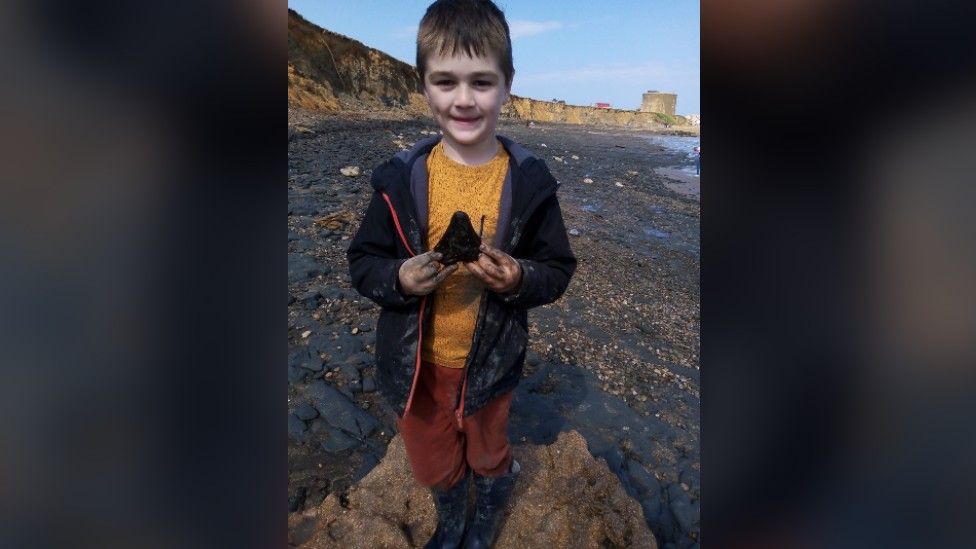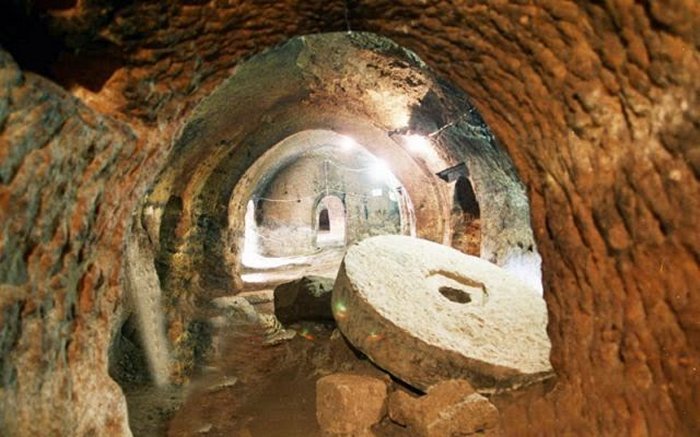Pompeii victim’s genome successfully sequenced for the first time
The genome of a victim of the catastrophic eruption of Mount Vesuvius over the ancient city of Pompeii has been sequenced for the first time, scientists have revealed, shedding new light on the health and diversity of those who lived in the Roman empire at the time of the disaster.

In a study published in Scientific Reports on Thursday, a team led by Gabriele Scorrano, an assistant professor of geogenetics at the University of Copenhagen, extracted DNA from two victims, a man and a woman, whose remains were found in the House of the Craftsman in Pompeii, a Domus that was first excavated in 1914.
Although the experts sequenced DNA from both victims, they were only able to sequence the entire genome from the man’s remains due to gaps in the sequences obtained from the woman.
Before this study, only short stretches of mitochondrial DNA from human and animal remains found in Pompeii had been sequenced.

The man was aged between 35 and 40 when he was killed in the violent eruption of Vesuvius in AD79. Comparisons of his DNA with genetic codes obtained from 1,030 ancient humans, as well as 471 modern western Eurasian individuals, suggested his DNA shared the most similarities with modern individuals from central Italy and those who lived during the ancient Roman period.
Analysis of his mitochondrial and Y chromosome DNA also identified groups of genes commonly found in Sardinia, but not among those who lived in Italy during the empire, suggesting there may have been high levels of genetic diversity across the Italian peninsula at that time.
Further analysis of the man’s skeleton also identified lesions in one of the vertebrae and DNA sequences suggested he may have had tuberculosis before his death.
The female was aged over 50 and believed to have been affected by osteoarthritis.
“This could have been the reason for which they waited for it all to finish, maybe in the security of their home, compared to other victims who were fleeing and whose remains were found in open spaces,” said Serena Viva, an anthropologist at the University in Salento who was on the study’s team.
The scientists speculated it may have been possible to successfully recover ancient DNA from the man’s remains as pyroclastic materials released during the eruption could have provided protection from environmental factors that degrade DNA, such as atmospheric oxygen.
The Pompeii ruins were discovered in the 16th century, with the first excavations beginning in 1748. About 1,500 of the estimated 2,000 victims have been found over the centuries. Excavations in 2020 of a villa in on what would have been the outskirts of the ancient city revealed the remains of two men, believed to be a master and his slave.
The scientists said the findings confirmed the possibility of retrieving ancient DNA from other victims of Pompeii to provide further insight into their genetic history.
“In the future, many more genomes from Pompeii can be studied,” said Viva. “The victims of Pompeii experienced a natural catastrophe, a thermal shock, and it was not known that you could preserve their genetic material.
This study provides this confirmation, and that new technology on genetic analysis allows us to sequence genomes also on damaged material.”
